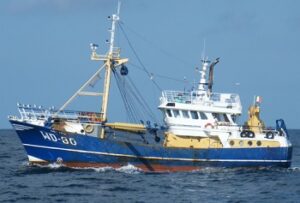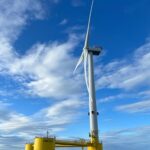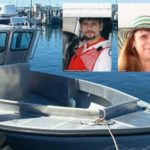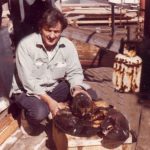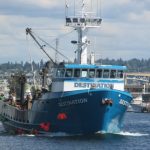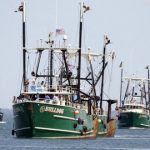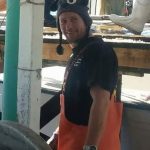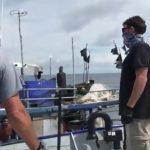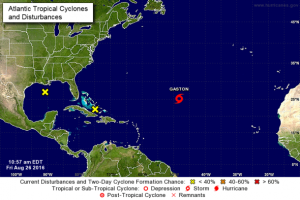Daily Archives: April 29, 2018
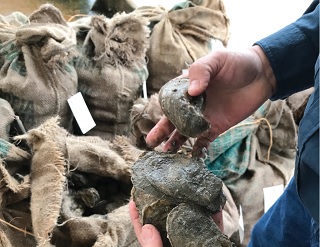
The Texas Oyster Industry Is Now a Shell of Itself
It’s the first day of Texas oyster season, and Galveston Bay is packed with so many boats that 33-year-old Captain Joaquin Padilla decides to post a video of them on Facebook, adding a side-eye emoji as comment. Padilla has been on the water with his little crew since sunup, steering his boat, the Miss Kosovare, in languid circles, dragging his dredge—a chain and metal basket about the size of a basking shark’s mouth—over the oyster reefs below. His is one of about 150 trawlers out this November day, harvesting bivalves from the limited wild reefs on the bottom of Galveston Bay, right in Houston’s backyard. Out on the water, Padilla sticks with a smaller group of about ten boats that all belong to his buddies and family—his father, uncle, brother-in-law, and cousins all make a living oystering, too. >click to read<20:31
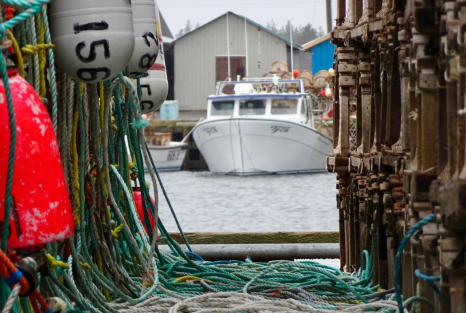
Setting Day: ‘One of my busiest days, stressful days, my exciting days of the year,’ says 22-year fishing veteran
Lobster fishermen at many Prince Edward Island harbours were busy getting their boats, traps and crew ready for the start of the spring season Monday. The tradition of the 6 a.m. start and the busy day of getting all the traps in the water for the first time each year is known as setting day. At Malpeque Harbour, on the northern part of the Island, it was a hive of activity Sunday as fishermen worked to get ready. >click to read<18:44
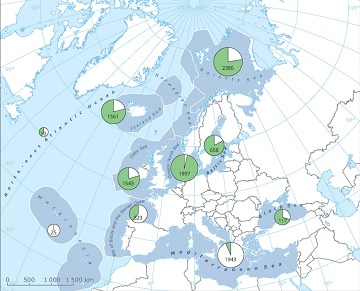
Status of marine fish and shellfish in European seas
Safeguarding healthy commercial fish and shellfish populations is one of the 11 descriptors of the Marine Stretegy Framework Directive (MSFD) for achieving GES. This objective is closely related to the objectives of the Common Fisheries Policy (CFP), in particular the objective of ensuring the maximum sustainable yield (MSY) for all stocks by 2015 where possible, and at the latest by 2020. Currently, around 74 % of the assessed fish and shellfish stocks in Europe’s seas are not in GES, whereas only 26 % are in GES when assessing both the level of fishing mortality and reproductive capacity; this assessment does not include the third GES criterion on age and size structure of the populations as this cannot be assessed at present. >click to read<16:34

Alaskan businesses thrive with state-water cod fisheries
Fishing vessel crews in Western Alaska wrapped up a successful pot-cod season last month, building upon what’s become a mainstay winter fishery for an increasing number of Alaskan boats. Now that pots and gear are stacked and stored, we have time to look ahead at what comes next. As a young skipper within the under-60-foot pot-cod fleet, I see first-hand the value Pacific cod offers to the state. Cod is one of the top-three pillars that resident fishermen build their success upon — alongside salmon and halibut. >click to read<15:58
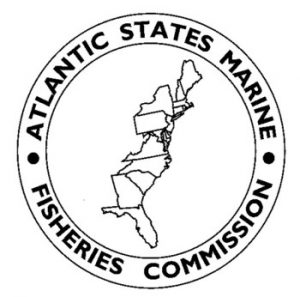
ASMFC Spring Meeting in Arlington, VA- April 30 – May 3, 2018
The Atlantic States Marine Fisheries Commission’s Spring Meeting will be April 30 – May 3, 2018 at The Westin Crystal City (Telephone: 703.486.1111), located at 1800 South Eads Street, Arlington, VA. Meeting materials are available on the Commission website at http://www.asmfc.org/home/2018-spring-meeting. Supplemental materials will be posted to the website on Wednesday, April 25, 2018. The meeting will be broadcast live on the internet, >click to listen<15:08
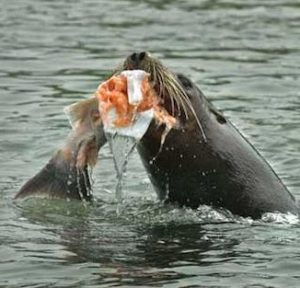
ODFW gives up on trapping Willamette sea lions
State officials have decided to give up on trapping Willamette River sea lions and transition operations to Bonneville, where the Oregon Department of Fish & Wildlife already has federal authorization to trap and kill sea lions. “It’s disheartening given what’s happening in the Willamette, but we don’t have enough staff to cover both locations so we’re moving to a place where we can be more effective,” said Bryan Wright, head of ODFW’s Marine Mammal Program, in a press release this week. In the absence of federal approval to kill California sea lions at Willamette Falls, ODFW attempted a stop-gap program of capturing and relocating sea lions this spring. >click to read<12:19


































